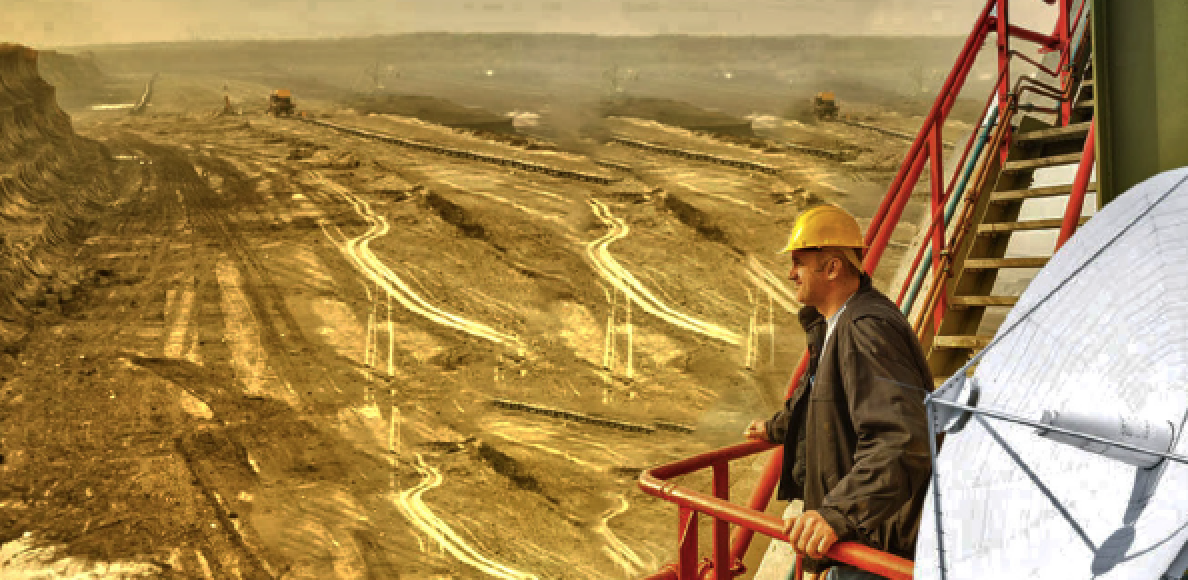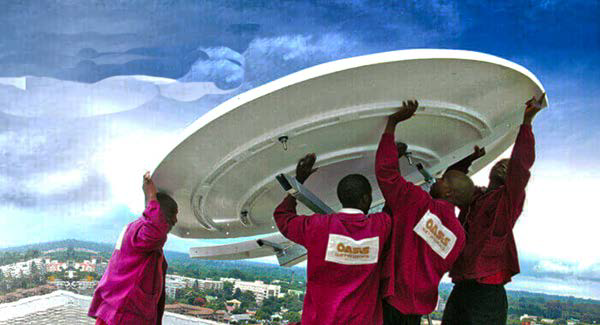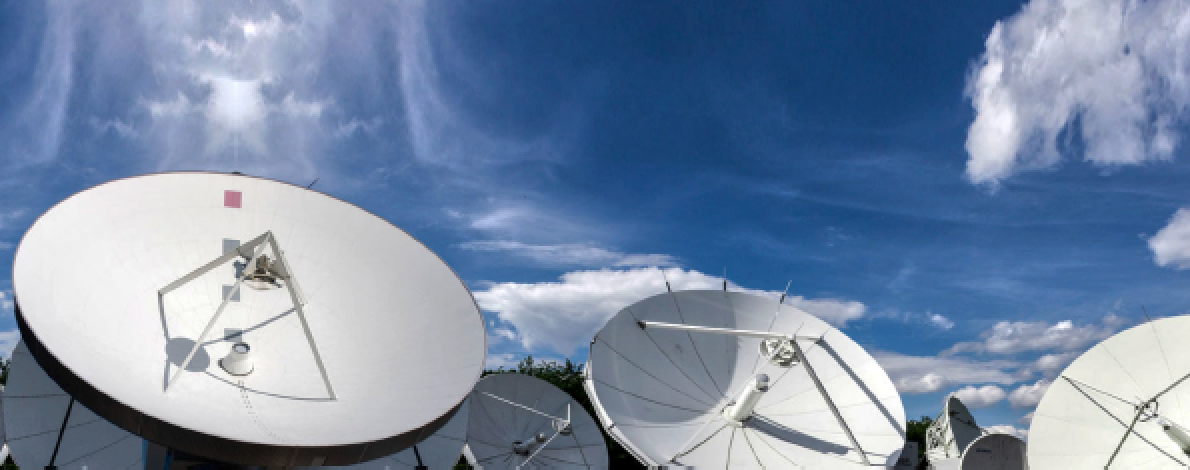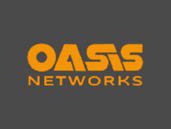2023 has been another fascinating year in the evolution of the satellite industry, with developments that are driving the industry into a new direction that will see it become a part of a much bigger landscape of connectivity.

This year, the on-orbit environment is in the midst of a significant shift that has been reflected in the ground segment. Many customers are considering LEO offerings, with some already using the low latency offered by new LEO operators.
However, despite the seemingly continuous LEO rollout, at OASIS Networks, we have seen an ongoing, strong demand for VSAT networks within the majority of global regions. The reliable nature of VSAT technology — in comparison with the largely unproven LEO constellations — means that it is still the go-to connectivity solution for those working and living in remote areas. However, we need to look at the entire situation from two different angles — the medium and long-term.
Reaction To LEO
In the medium term, LEO is the new restaurant in town and there has been a huge amount of hype and buzz created around it. This means that there are some customers that are going to try LEO out instead of their usual places. This is precisely the trend that we are seeing with satellite connectivity and is to be completely expected. However, taking the long-term perspective, we believethat there is potential for LEO to actually contribute to the VSAT market — and this could happen in several ways.
We still don’t know how the new LEO platforms will behave in the future and there are lots of questions that remain to be answered. Will the platforms become congested? How will this affect quality of service? What will the availability be like? What about customer support and access to a helpdesk?

Customers may be attracted to LEO and feel that they are getting good service today, but they could feel much less satisfied if the service degrades as networks become more contended and problems that haven’t been anticipated make an appearance. In cases such as these, some users may well make a return to VSAT with its proven, trusted, debugged service provision.
If this does come to pass, it will be interesting to see whether users look for higher bandwidth packages than ones that typical VSAT customers are currently purchasing.
VSAT: Trusted Technology
The VSAT industry has reached a certain level of maturity that is seeing it become more integrated with other communications networks. Indeed, ground systems players are talking widely about the standardization and virtualization of their networks in order to interoperate and become cloud-based.
LEO and multi-orbit networks will be part of this transformation, creating a connectivity landscape where different access technologies complement each other and the most suitable technology is accessed when required. This evolution will add more weight to satellite communications as it holds so many advantages. Some may prefer LEO-based solutions, others will opt for the 100 percent dedicated reliability of VSAT.
Our customers are intrigued by LEO. There’s no doubt that everyone is talking about it but there are still some hurdles that must be addressed, especially in terms of regulations in certain regions of the world. I think we need to let the dust to settle before we get some solid feedback on how it is performing and determine where we go next.
Varied Projects
This year we have worked on a variety of projects across Europe, Middle East and Africa. We particularly enjoyed working on a project with Eutelsat, on the Eutelsat KONNECT VHTS satellite, a next-generation, Very High Throughput Satellite system that supports the development of Eutelsat’s European, fixed broadband and in-flight connectivity (IFC) businesses. This has just come into commercial service and features Ka-band beams across Europe, the Middle East and Africa (EMEA). With Ka-band capacity of 500 Gbps, KONNECT VHTS boasts the most powerful, on-board digital processor ever placed into orbit.
We helped Eutelsat test many of its beams and we worked with people across different countries in Europe and that was a great experience for the team. These next-generation HTS are so highly capable that they present a VSAT- based solution that can rival LEO — an interesting concept for the future.
We are also working on projects that don’t involve satellite technology. We were selected to install LAN equipment in three, big ,new hospitals in Angola. Each hospital has several buildings and we are installing many hotspots, screens and printers. We are soon to finish the first hospital and waiting for the green light to start work on the second one.
We have some exciting projects in the pipeline, some of which we can’t talk about just yet, but they illustrate the huge demand we see for connectivity in the regions that we serve.

Challenges: Politics + Instability
Sadly, we are living in a world that is plagued by instability and this presents many challenges for us as providers of connectivity. The conflicts in the Middle East, Ukraine and Africa all impact upon our work. whether that is literally, or as a by-product of the instability.
Working within unstable regions requires us to balance both the opportunities from the market’s continuous growth with the challenges presented by political instability. Our success derives from our open-minded approach in which we employ adaptable, flexible models of operation. Despite meticulous planning, there are instances when you will have to re-adjust your strategy in-field to ensure success in delivery. We know that adjusting operations to suit the situation in front of you leads to the best success.
The regulatory environment continues to be a complicated issue, especially in Africa. Political instabilities could result in the governments paying more attention to communication markets and it is a concern that any changes in regulation could have negative effects.
It has been reported that five people were arrested for selling Starlink service in Senegal. My fear is that it could lead to censorship of the internet as we witnessed in DRC a few years ago. There tends to be a heightening of regulations when political situations are unstable.

That said, I am not aware of any current regulatory changes. I am, however, seeing that companies and communities are looking to take control of their communications channels and are considering satellite-based VSAT solutions — and this is a completely new demand. I anticipate that this trend will only accelerate going forward.
Our Aims For 2024
In 2024, we will continue to provide our customers with the services and timely engineering whenever and wherever it’s needed. Our highly qualified, local field teams provide help and support to all our customers and are within easy reach of any site, providing availability and prompt support — critical for any business operating in hard-to-reach areas.
We’ll also be focusing on the delivery of our bandwidth provisioning services that serve multiple different markets and regions and are tailored to our customers’ unique needs. With bandwidth prices falling, this is a very competitive market, but our offering is backed by the reputation that OASIS has become so well known for and we look forward to strengthening our position as the technology partner of choice for businesses across Africa, Asia and Latin America.
www.oasisnetworks.net

Nimrod Kapon
Author Nimrod Kapon is the Chief Executive Officer of Oasis Networks. He has extensive experience within the diverse fields of telecom systems, from analog voice carriers, asynchronous data networks, voice networks, fiber, SDH and SONET, wireless, to satellite. Mr. Kapon is a field engineer by training and orientation.


